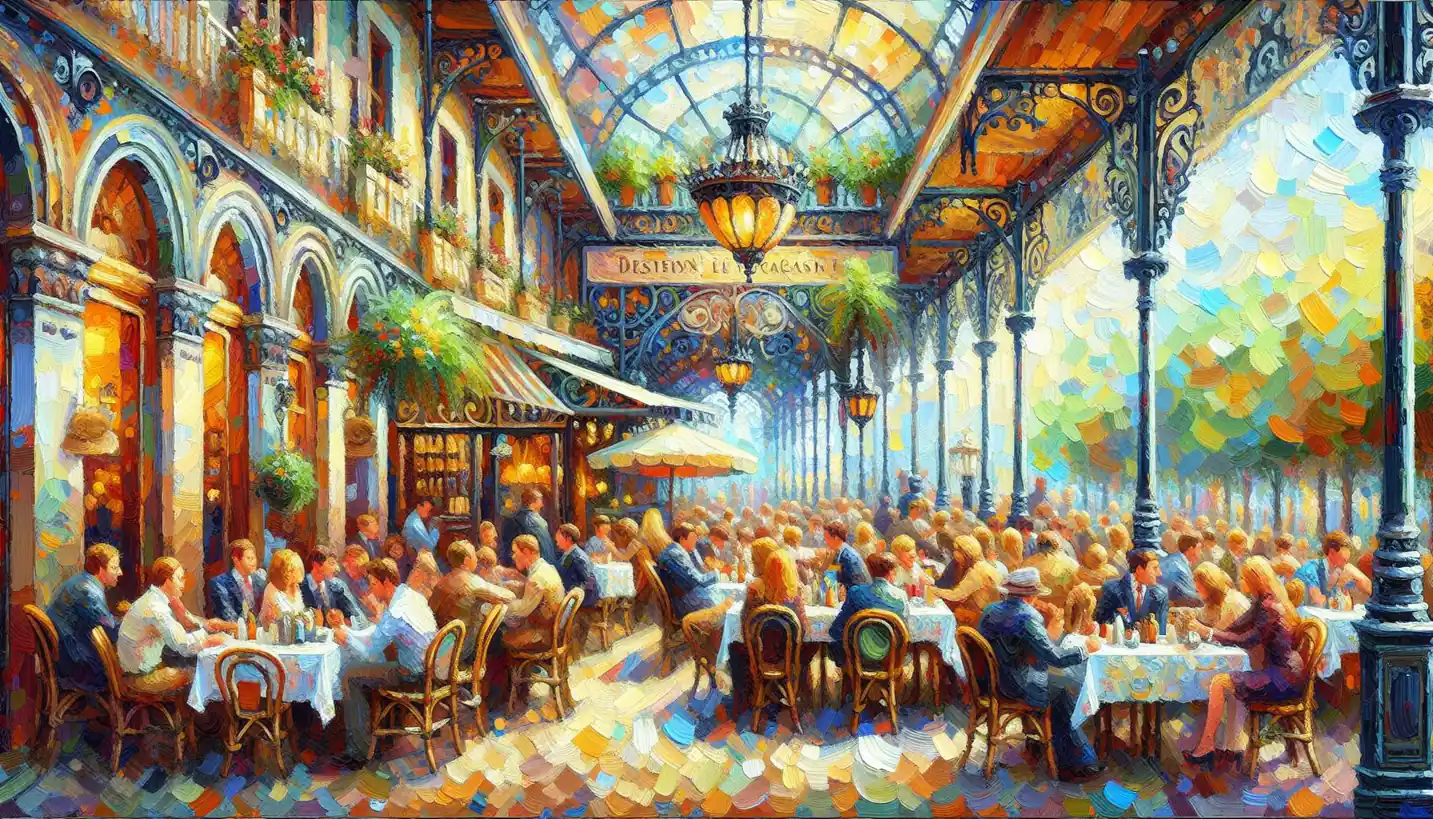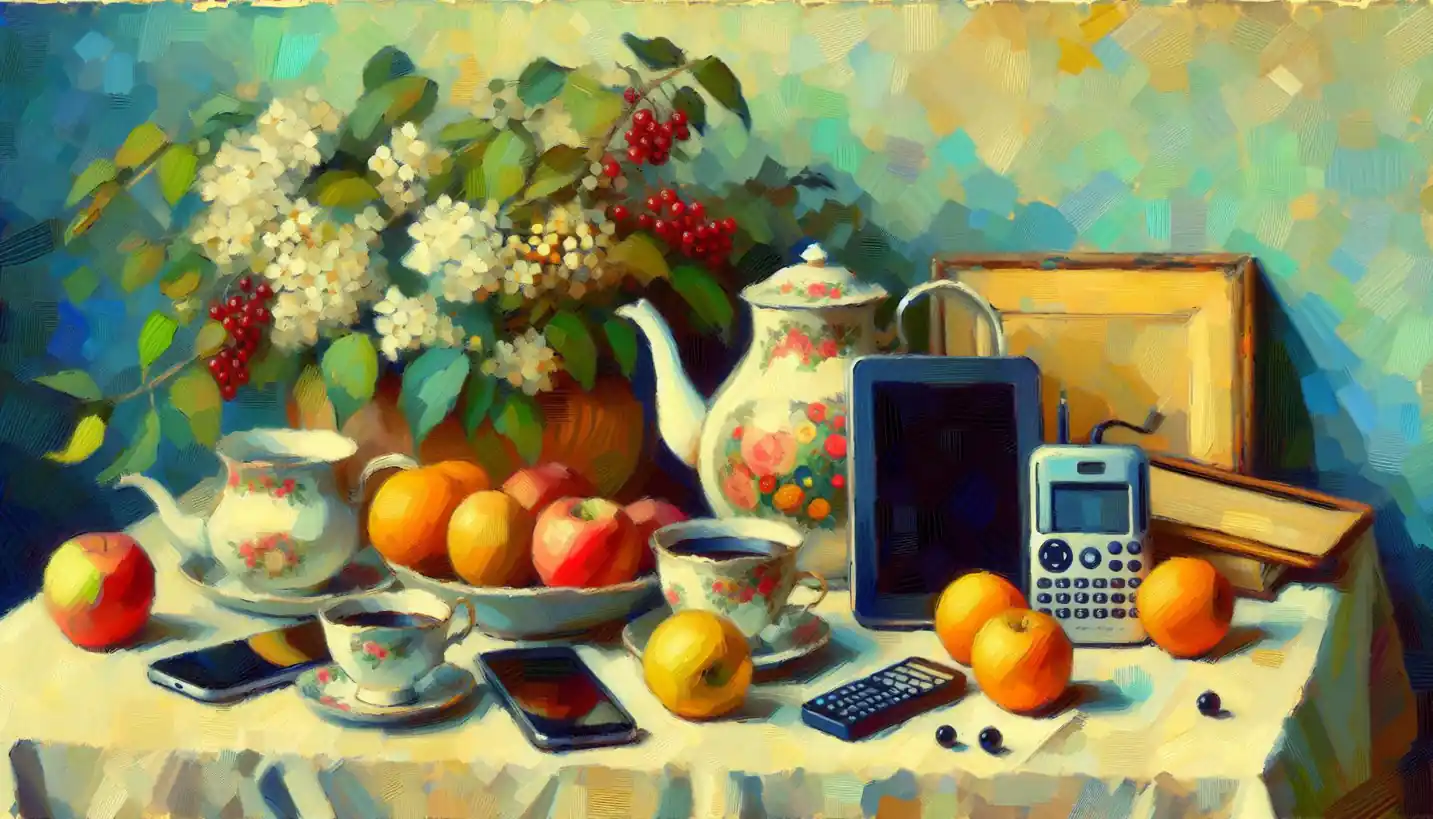· Art · 5 min read
Foreshortening: A Deeper Look into This Artistic Perspective
Take a deeper look into foreshortening, an artistic technique that brings a unique perspective to the viewer.

Foreshortening is a fascinating concept in the world of art that can truly transform how we perceive a piece of work. It’s a technique that artists use to create the illusion of an object or figure receding strongly into the background or coming forward. But how exactly do artists achieve this magical trick of the eye?
At its core, foreshortening is all about perspective. Think of it as looking down a long, straight road. As we gaze into the distance, the road seems to get narrower and the two sides appear to converge. Similarly, artists use foreshortening to manipulate dimensions to portray depth and volume in their work. So, rather than showing an object in its true proportions, they deliberately distort it to mimic how we naturally perceive it from a particular viewpoint.
The Origin and Evolution of Foreshortening
Understanding the history of foreshortening can help us appreciate its significance in art. This technique dates back to ancient times, but it became particularly prominent during the Renaissance. Artists like Leonardo da Vinci and Michelangelo used foreshortening to bring their paintings to life, making figures pop out from the canvas with an almost three-dimensional presence. Imagine seeing an arm reaching out from a painting, each finger seemingly close enough to touch; that’s the magic of foreshortening.
During the Renaissance, as art evolved, so did the understanding of human anatomy and perspective. Artists began to experiment with angles and viewpoints, creating masterpieces that felt realistic and dynamic. Foreshortening was a key player in this artistic revolution, allowing painters to explore new depths and dimensions in their works.
A Practical Approach to Foreshortening
Let’s dive into how artists actually use foreshortening in practice. Imagine you’re sketching a person lying down with their feet facing you. To make it look realistic, you’d draw the feet larger than the head because the feet are closer to the viewer. This exaggeration is what creates the illusion of depth.
In practical terms, achieving foreshortening involves understanding lines and angles. Artists often use grid systems or vanishing points to assist in accurately capturing the perspective they desire. The challenge, however, lies in the execution, as getting the proportions just right can be tricky.
Artists might also sketch out rough drafts or use photographs to understand how light and shadow play with the foreshortened view. With practice, it becomes second nature, but it requires an attentive eye and a steady hand.
Famous Examples in Art
Foreshortening can be spotted in numerous famous artworks. Take, for instance, the ceiling of the Sistine Chapel. Michelangelo’s use of foreshortening in the depiction of God reaching out to Adam creates a sense of closeness and immediacy. Each figure is painted with a remarkable understanding of how foreshortening can transform flat surfaces into lively, engaging scenes.
Another stunning example is Hans Holbein’s “The Ambassadors.” Here, Holbein famously inserted an anamorphic skull, which can only be properly viewed from a certain angle. This skull, rendered through foreshortening, serves as a reminder of the temporality of life and emphasizes the importance of perspective.
The Importance of Foreshortening in Modern Art
Despite its historical roots, foreshortening remains vital in contemporary art. Whether it’s in the world of comic books, animation, or digital media, foreshortening helps convey movement, action, and depth. Think about a superhero leaping off the page, arm extended as they soar through the sky; foreshortening lends the scene energy and dynamism.
In digital art, where three-dimensional renders often dominate, understanding foreshortening is crucial. Artists must still rely on these fundamental principles to ensure their digital models look believable and engaging. Even in virtual reality, where environments are fully realized in 3D, the principles of foreshortening guide the way animations and scenes are constructed.
Learning and Experimenting with Foreshortening
For budding artists, experimenting with foreshortening can be both challenging and rewarding. A good starting point is sketching simple objects from different angles, paying close attention to how their proportions change. Practice observing everyday scenes, like people sitting at a café, and notice how their limbs and bodies shift in perspective.
Understanding foreshortening doesn’t mean strictly adhering to reality; it’s about capturing what feels natural and dynamic. One might exaggerate certain elements to convey motion or emotion better. It’s in these choices that personal style emerges.
Future Directions and Musings
As technology continues to evolve, artists have more tools than ever to explore foreshortening in new and exciting ways. With virtual reality and augmented reality gaining ground, the boundaries between viewer and artwork blur even further, creating immersive experiences where foreshortening plays a key role.
Artists are constantly exploring how to incorporate real-world physics and perspective with digital flexibility. What does the future hold for foreshortening? As mediums blend and artistic expressions expand, foreshortening will likely adapt, remaining a cornerstone of artistic depiction.
In conclusion, foreshortening is more than just a technical skill; it’s a testament to the artist’s ability to manipulate perspective and guide the viewer’s eye. Whether capturing a fleeting moment or building an entire world on a canvas, foreshortening holds the power to breathe life into art, turning two dimensions into a gateway to new realities. The next time you find yourself gazing at a painting, consider the artist’s choice of perspective—the hidden stories and depth waiting to unfold before your eyes.



